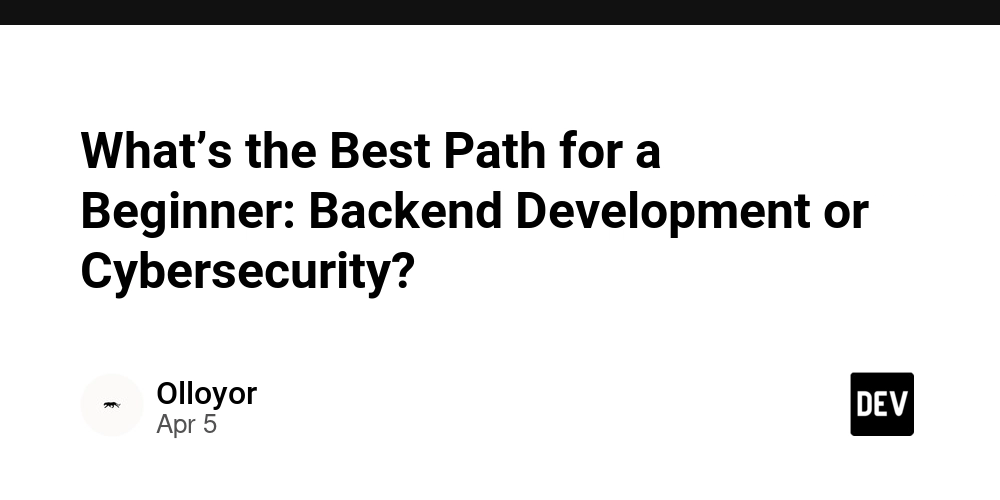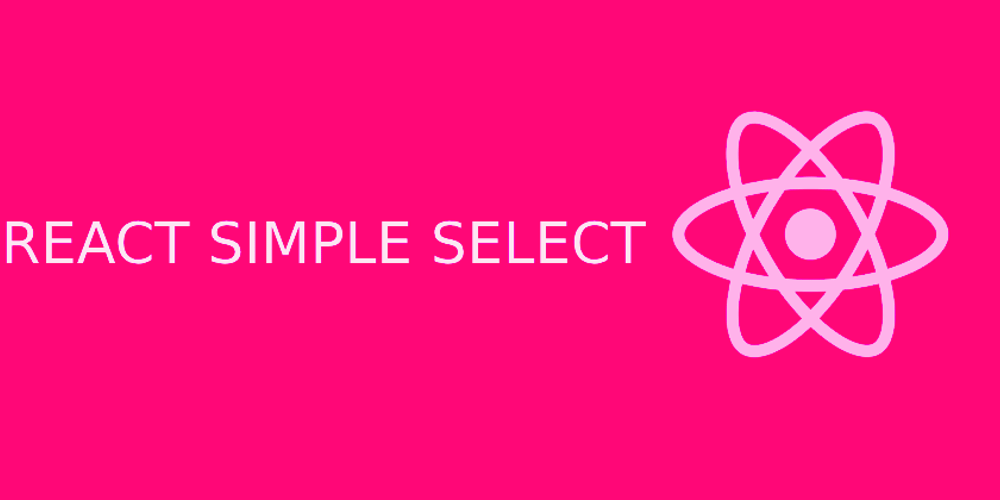The Challenges of Vibe Coding: Staying Focused Amidst Memory Chaos
As developers, we’ve all been there—coding away, only to find ourselves suddenly caught up in a stream of unrelated ideas or thoughts. It’s like we’re coding in the "vibe," but at the same time, we have to juggle multiple mental threads to avoid losing track of the task at hand. One of the most unique aspects of vibe coding is the constant mental balancing act. We need to keep an active memory of all the concepts, pieces of code, or tasks we’ve touched during our coding journey. This is particularly challenging when there are multiple threads of conversation or tasks involved, such as while working on a collaborative project or engaging in discussions during pair programming or team meetings. The Memory Challenge When coding in this "vibe" mode, it’s like our brains are hosting a chat with ourselves. Every idea or concept we interact with needs to be stored somewhere to ensure we don’t stray from our goal. You have to maintain the "memory" of where you left off with each part of the task, especially if it’s a multi-step process or involves jumping between different files or languages. This can get messy and overwhelming. Imagine, for example, you’re working on a specific function, but midway through, you’re distracted by a potential optimization or a bug elsewhere in the codebase. You must quickly switch gears, remember where you left off, and then shift back into the groove of the original task. The mental strain of continuously refocusing on the task at hand, without getting lost in side thoughts, can be exhausting. How to Keep the Flow So, how do you navigate vibe coding without losing track of the task? A few strategies that might help: Break Tasks Down: Having clear, manageable tasks and goals makes it easier to stay on track. Instead of focusing on the entire project at once, break down tasks into smaller, more digestible pieces. Use Tools to Your Advantage: Take advantage of your code editor’s features like comments, bookmarks, and tasks lists. These simple features can help keep track of what’s next and avoid forgetting what you were doing when you got distracted. Timeboxing: Set short intervals of focus time (like the Pomodoro technique) where you concentrate solely on the current task, and during breaks, clear your mind of unrelated thoughts. Collaborative Tools: In team environments, collaborative platforms like Slack, Jira, or Trello can serve as external memory banks for keeping track of where each task or discussion stands, reducing the mental load. The Payoff Despite the inherent challenges, vibe coding can be incredibly productive if approached with the right mindset and tools. The key is recognizing when you’re getting sidetracked and reining yourself back in, while still embracing the creative process. It’s a delicate balance, but when you manage it, you can code with purpose, productivity, and, of course, good vibes.

As developers, we’ve all been there—coding away, only to find ourselves suddenly caught up in a stream of unrelated ideas or thoughts. It’s like we’re coding in the "vibe," but at the same time, we have to juggle multiple mental threads to avoid losing track of the task at hand.
One of the most unique aspects of vibe coding is the constant mental balancing act. We need to keep an active memory of all the concepts, pieces of code, or tasks we’ve touched during our coding journey. This is particularly challenging when there are multiple threads of conversation or tasks involved, such as while working on a collaborative project or engaging in discussions during pair programming or team meetings.
The Memory Challenge
When coding in this "vibe" mode, it’s like our brains are hosting a chat with ourselves. Every idea or concept we interact with needs to be stored somewhere to ensure we don’t stray from our goal. You have to maintain the "memory" of where you left off with each part of the task, especially if it’s a multi-step process or involves jumping between different files or languages. This can get messy and overwhelming.
Imagine, for example, you’re working on a specific function, but midway through, you’re distracted by a potential optimization or a bug elsewhere in the codebase. You must quickly switch gears, remember where you left off, and then shift back into the groove of the original task. The mental strain of continuously refocusing on the task at hand, without getting lost in side thoughts, can be exhausting.
How to Keep the Flow
So, how do you navigate vibe coding without losing track of the task? A few strategies that might help:
Break Tasks Down: Having clear, manageable tasks and goals makes it easier to stay on track. Instead of focusing on the entire project at once, break down tasks into smaller, more digestible pieces.
Use Tools to Your Advantage: Take advantage of your code editor’s features like comments, bookmarks, and tasks lists. These simple features can help keep track of what’s next and avoid forgetting what you were doing when you got distracted.
Timeboxing: Set short intervals of focus time (like the Pomodoro technique) where you concentrate solely on the current task, and during breaks, clear your mind of unrelated thoughts.
Collaborative Tools: In team environments, collaborative platforms like Slack, Jira, or Trello can serve as external memory banks for keeping track of where each task or discussion stands, reducing the mental load.
The Payoff
Despite the inherent challenges, vibe coding can be incredibly productive if approached with the right mindset and tools. The key is recognizing when you’re getting sidetracked and reining yourself back in, while still embracing the creative process.
It’s a delicate balance, but when you manage it, you can code with purpose, productivity, and, of course, good vibes.




















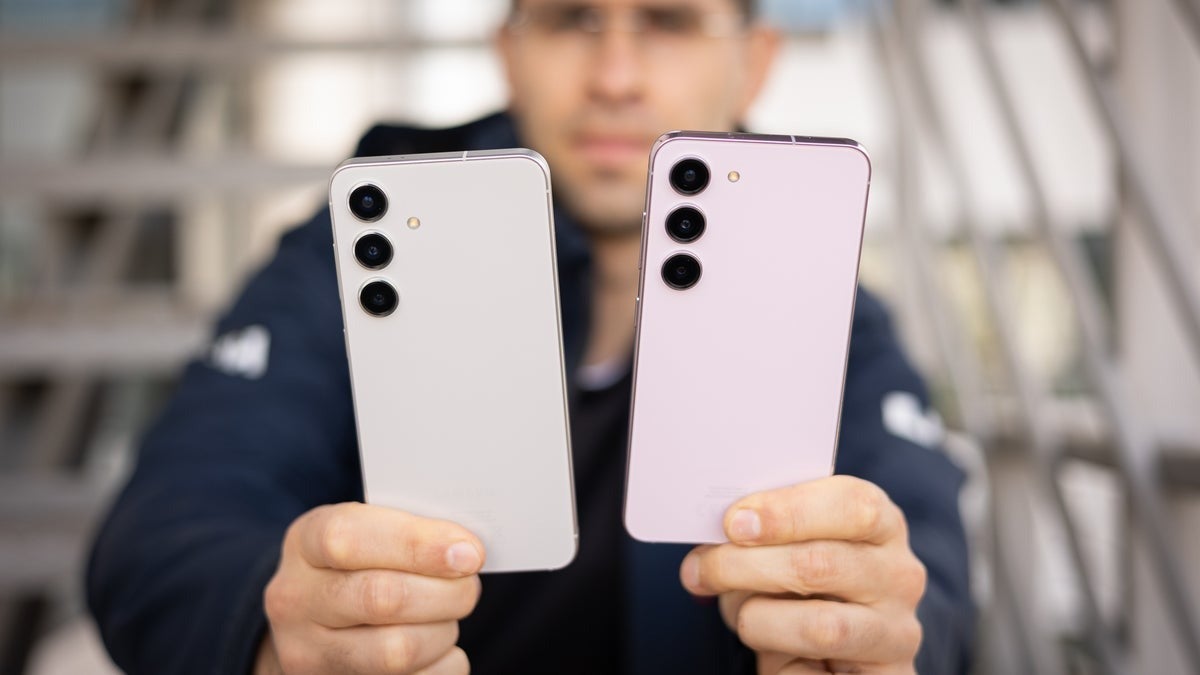































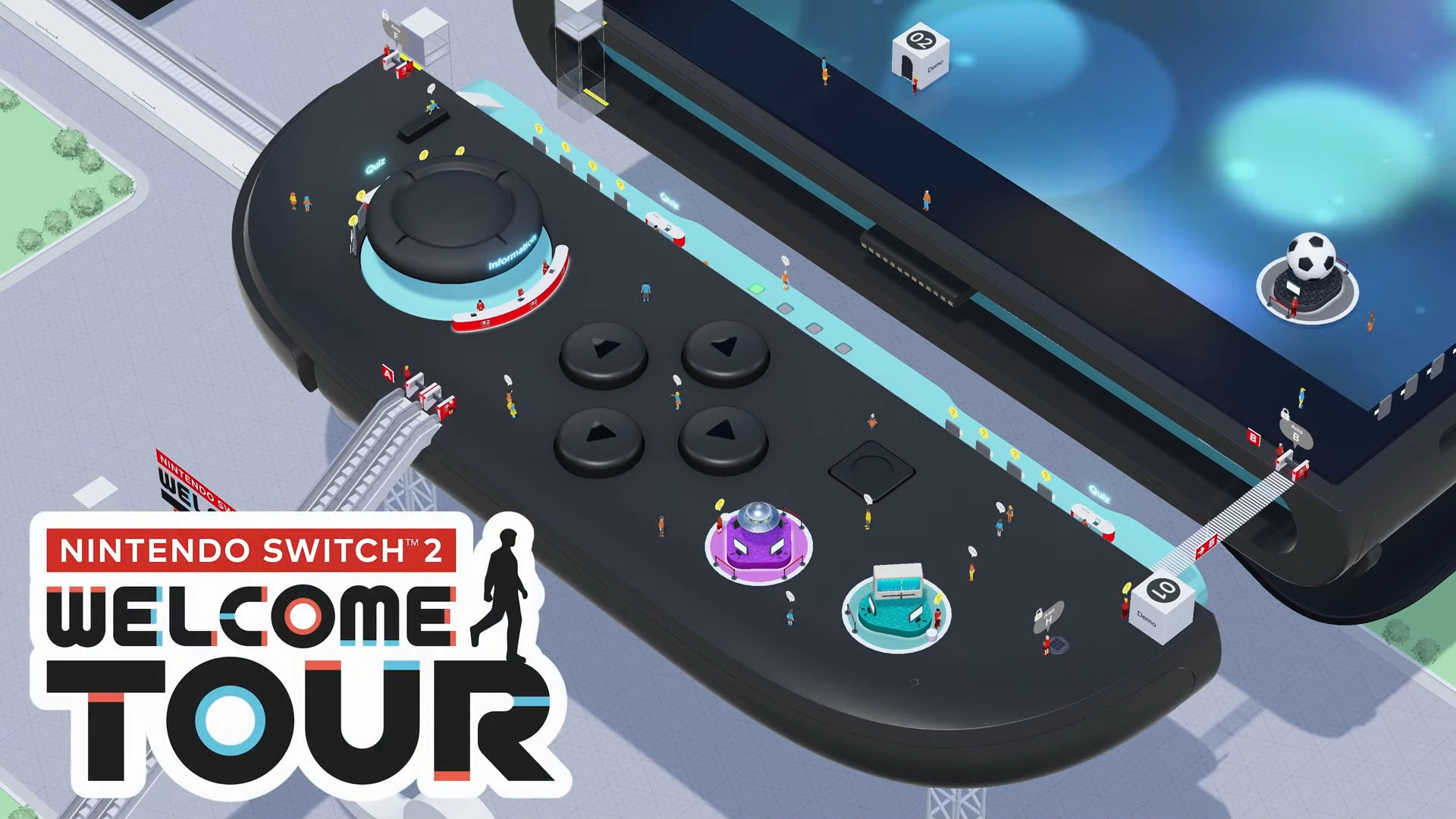
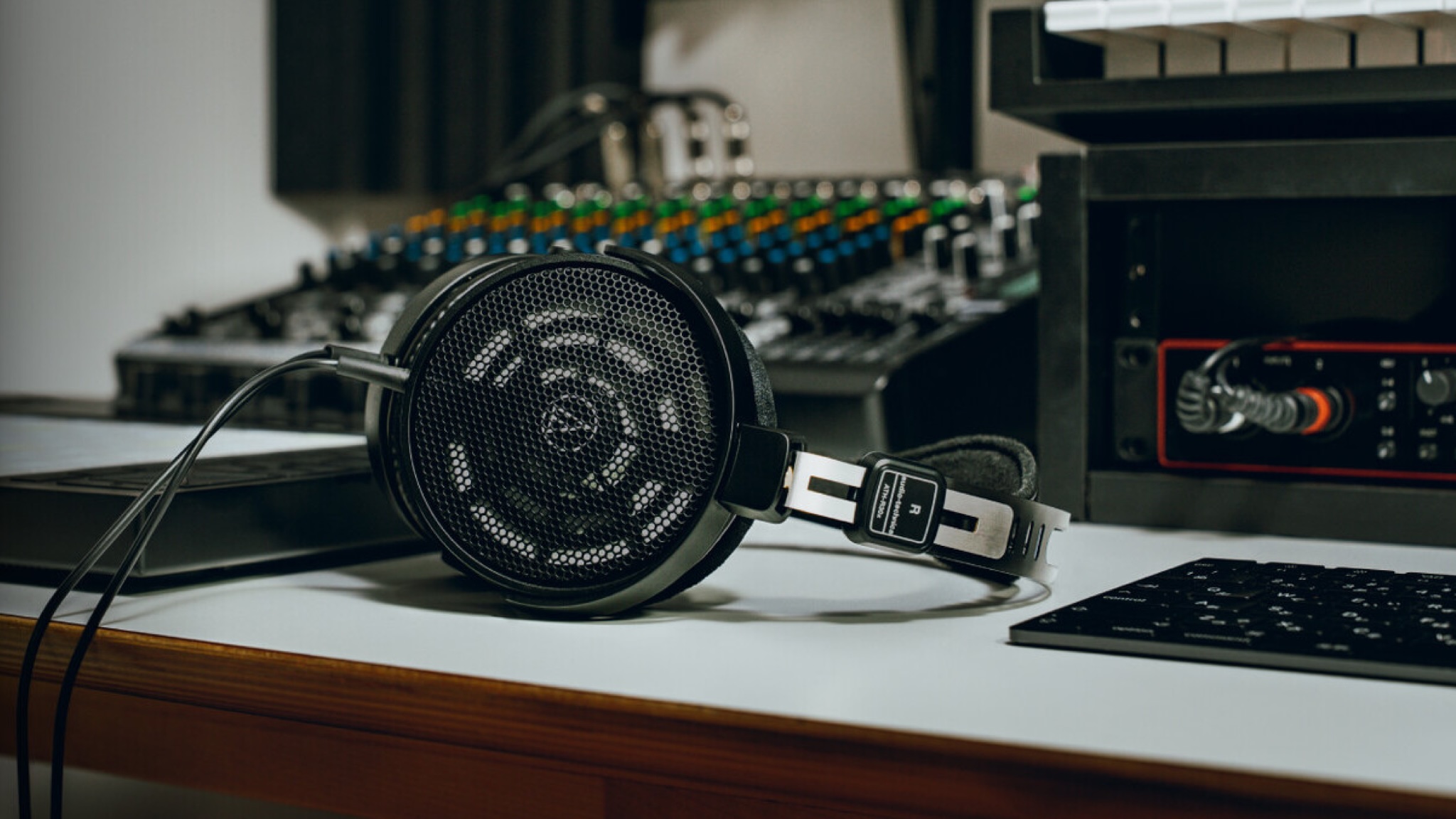
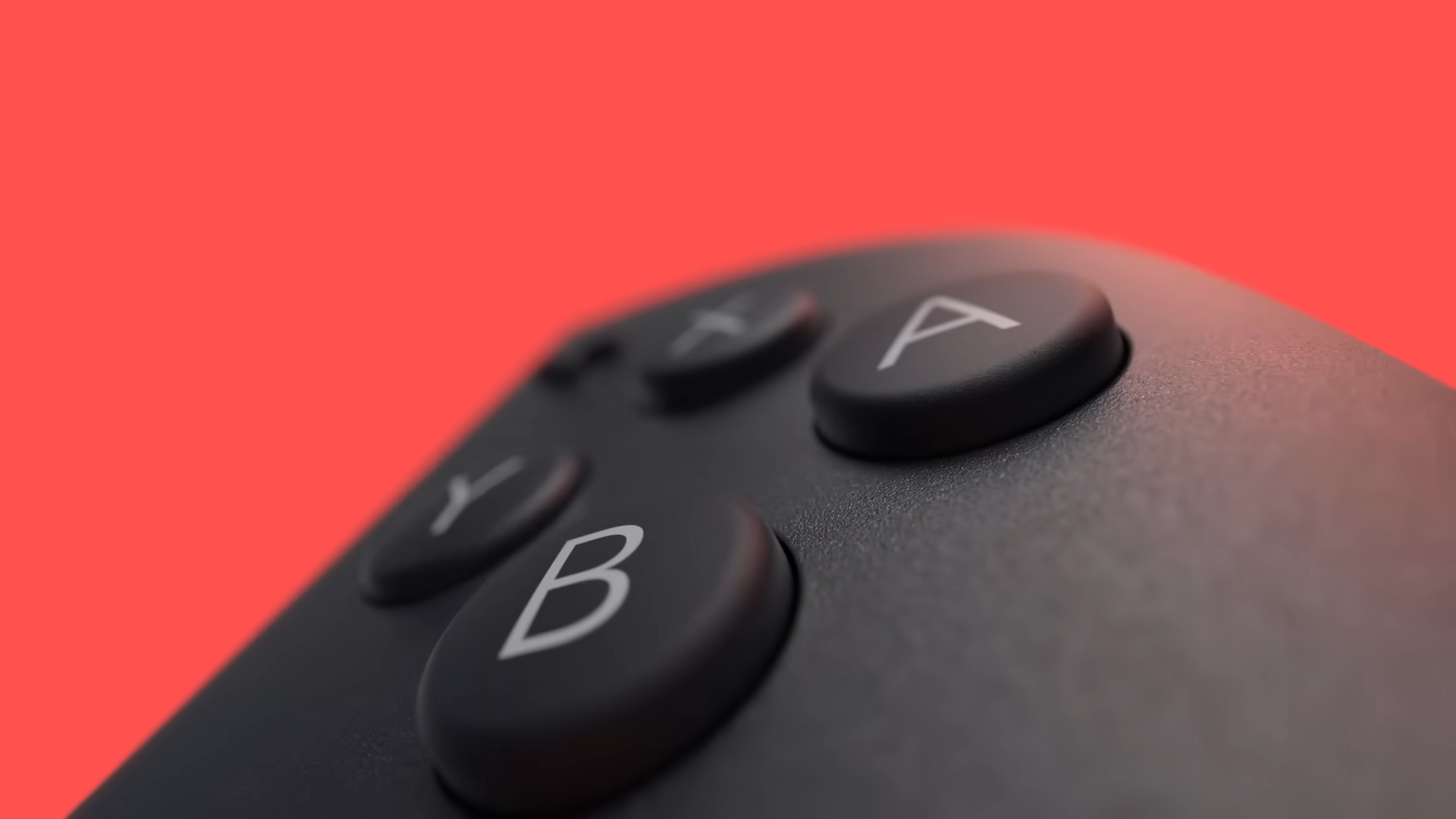













![New iOS 19 Leak Allegedly Reveals Updated Icons, Floating Tab Bar, More [Video]](https://www.iclarified.com/images/news/96958/96958/96958-640.jpg)
![Apple to Source More iPhones From India to Offset China Tariff Costs [Report]](https://www.iclarified.com/images/news/96954/96954/96954-640.jpg)
![Blackmagic Design Unveils DaVinci Resolve 20 With Over 100 New Features and AI Tools [Video]](https://www.iclarified.com/images/news/96951/96951/96951-640.jpg)
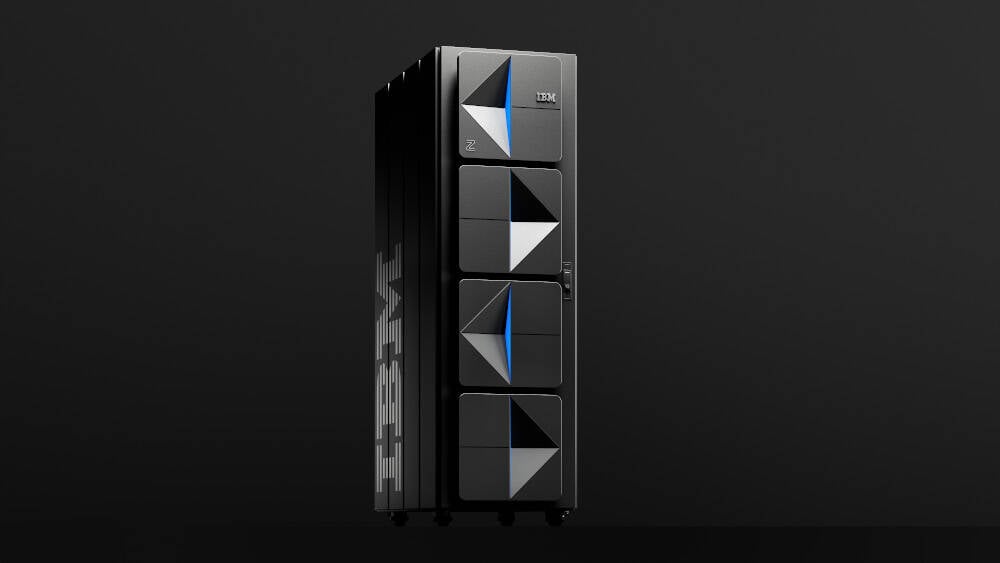
















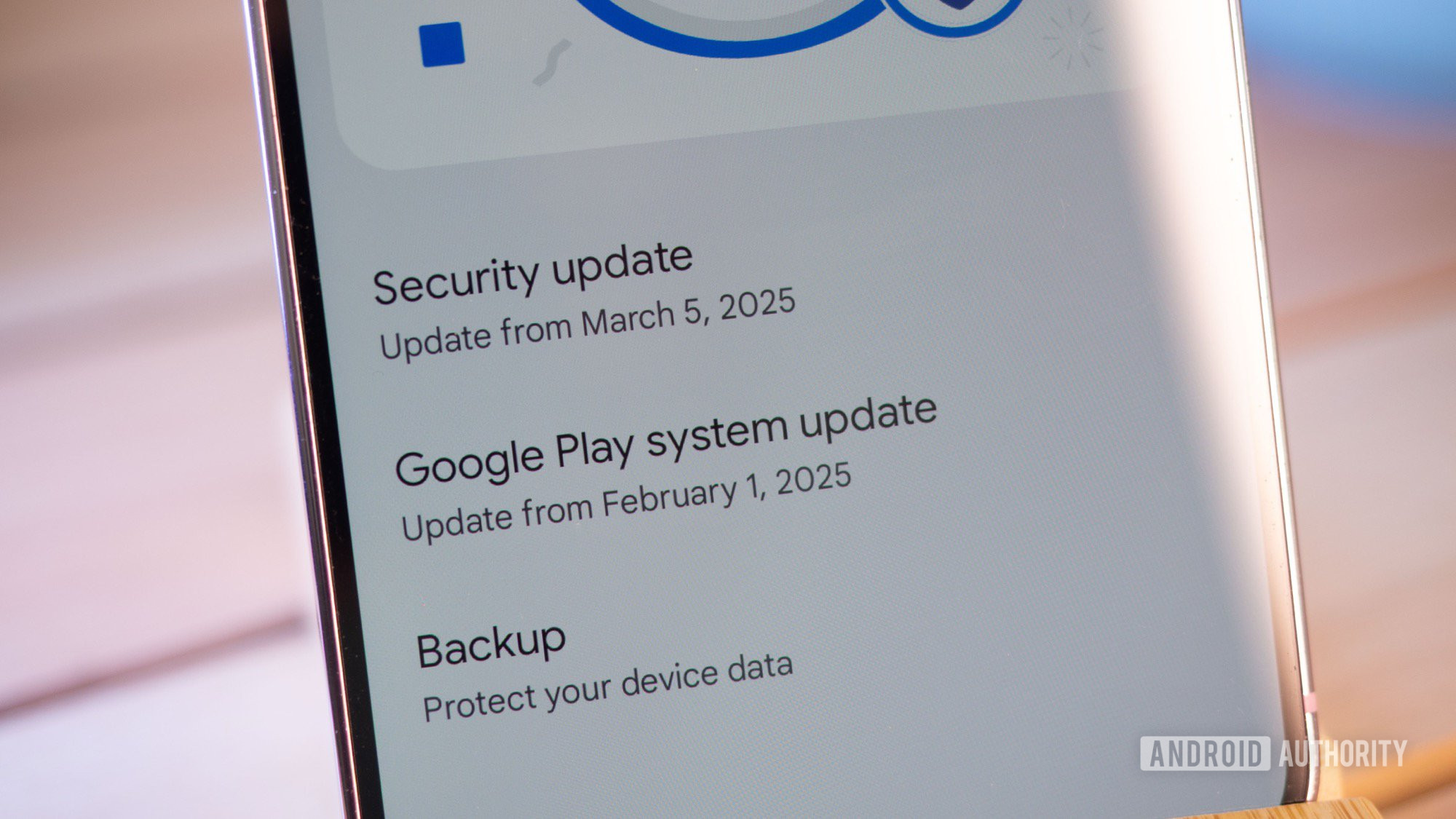
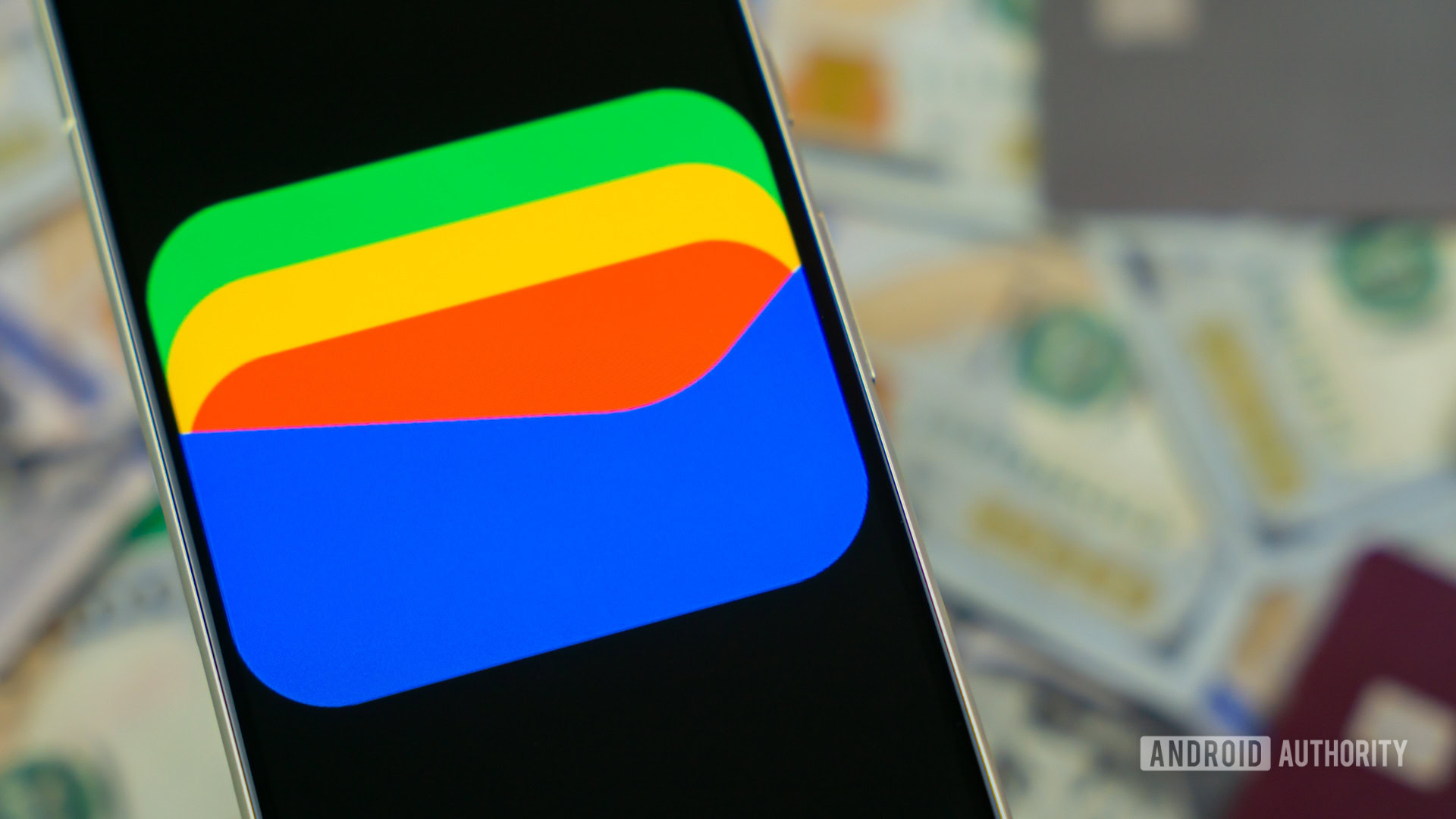
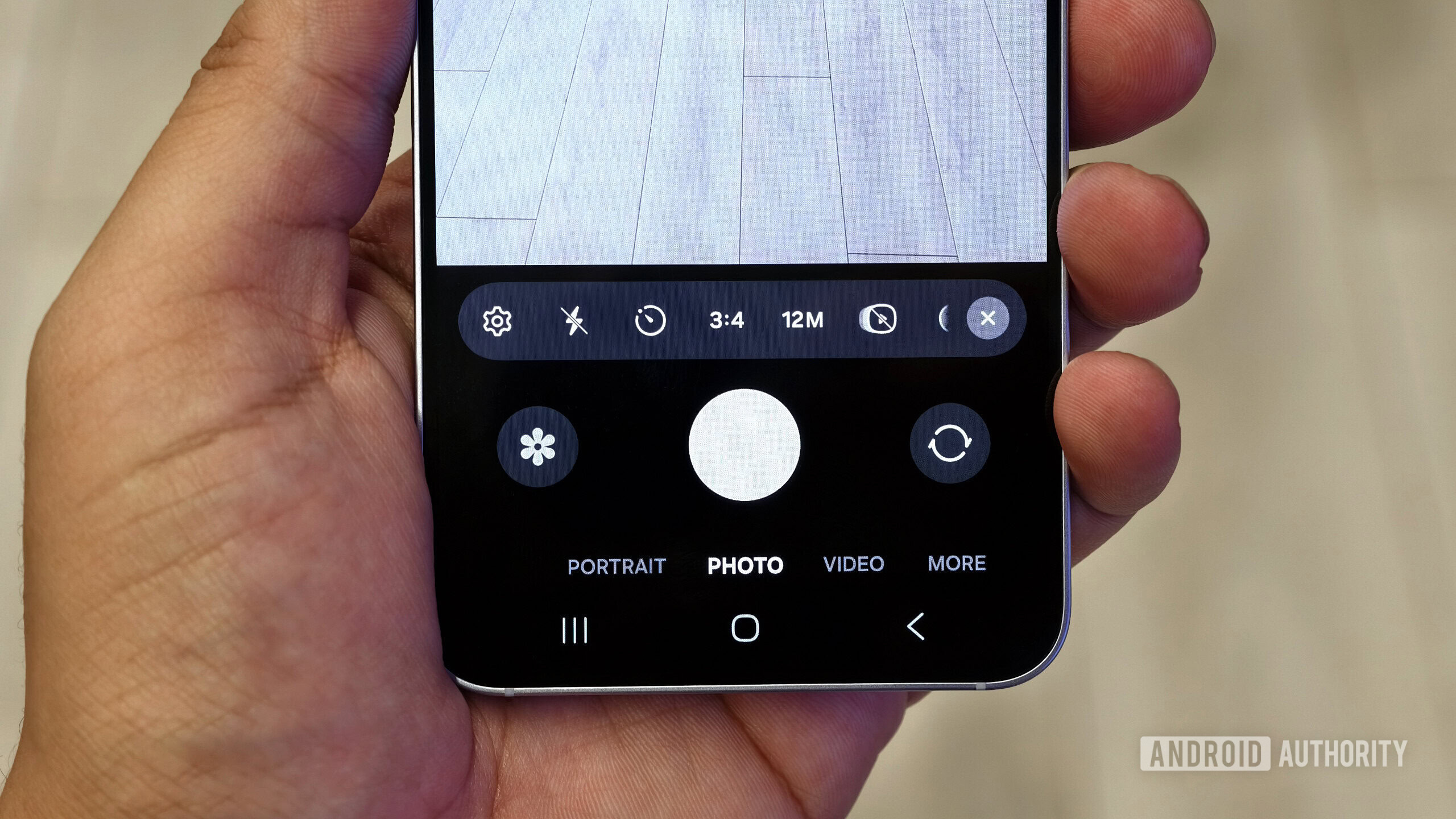













































































.webp?#)
.webp?#)
.webp?#)




_NicoElNino_Alamy.png?#)




























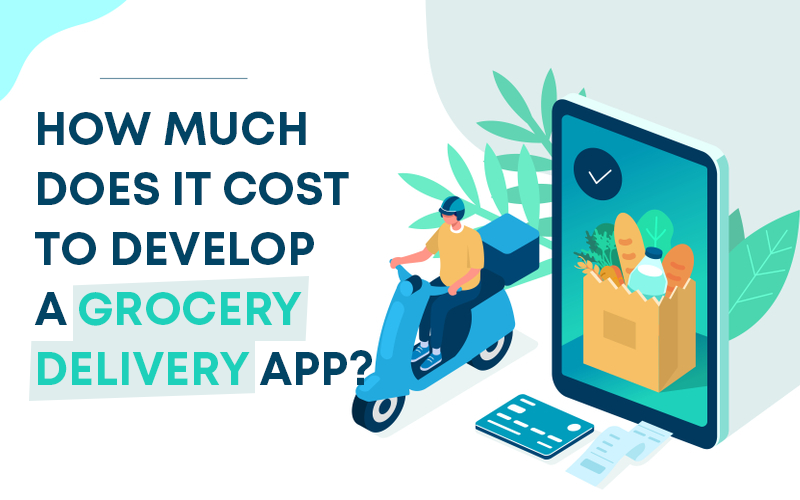












































![[The AI Show Episode 142]: ChatGPT’s New Image Generator, Studio Ghibli Craze and Backlash, Gemini 2.5, OpenAI Academy, 4o Updates, Vibe Marketing & xAI Acquires X](https://www.marketingaiinstitute.com/hubfs/ep%20142%20cover.png)





























































































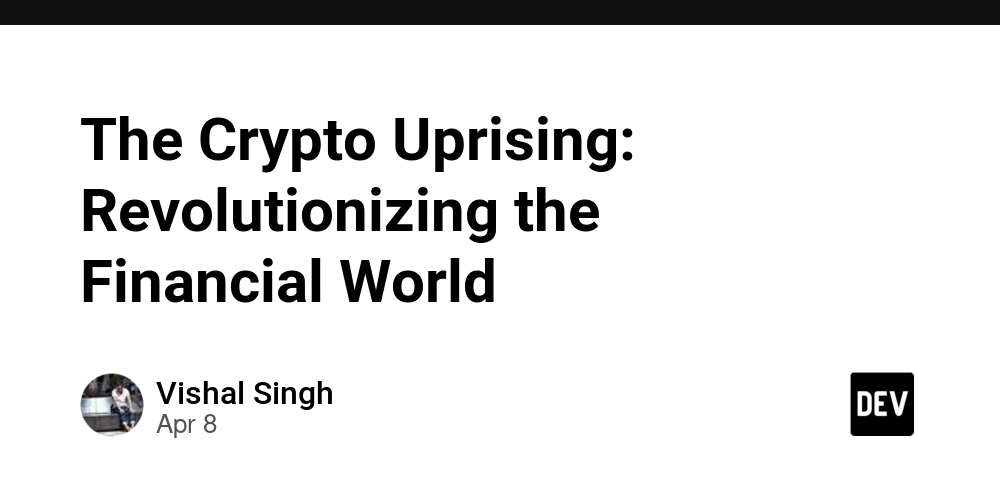
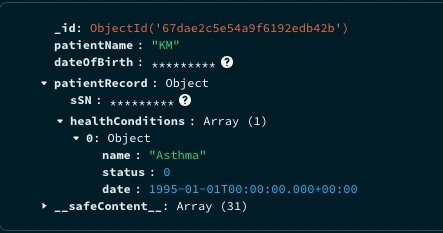
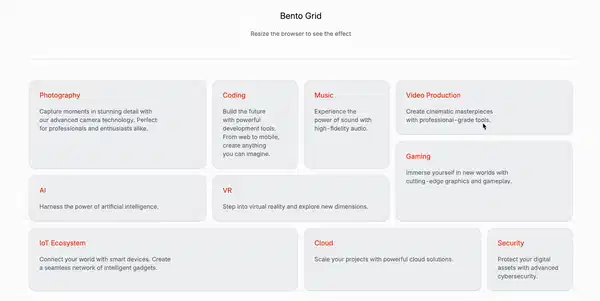






































![From drop-out to software architect with Jason Lengstorf [Podcast #167]](https://cdn.hashnode.com/res/hashnode/image/upload/v1743796461357/f3d19cd7-e6f5-4d7c-8bfc-eb974bc8da68.png?#)































(1).jpg?width=1920&height=1920&fit=bounds&quality=80&format=jpg&auto=webp#)
























































